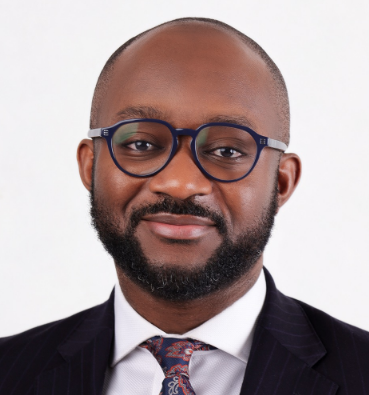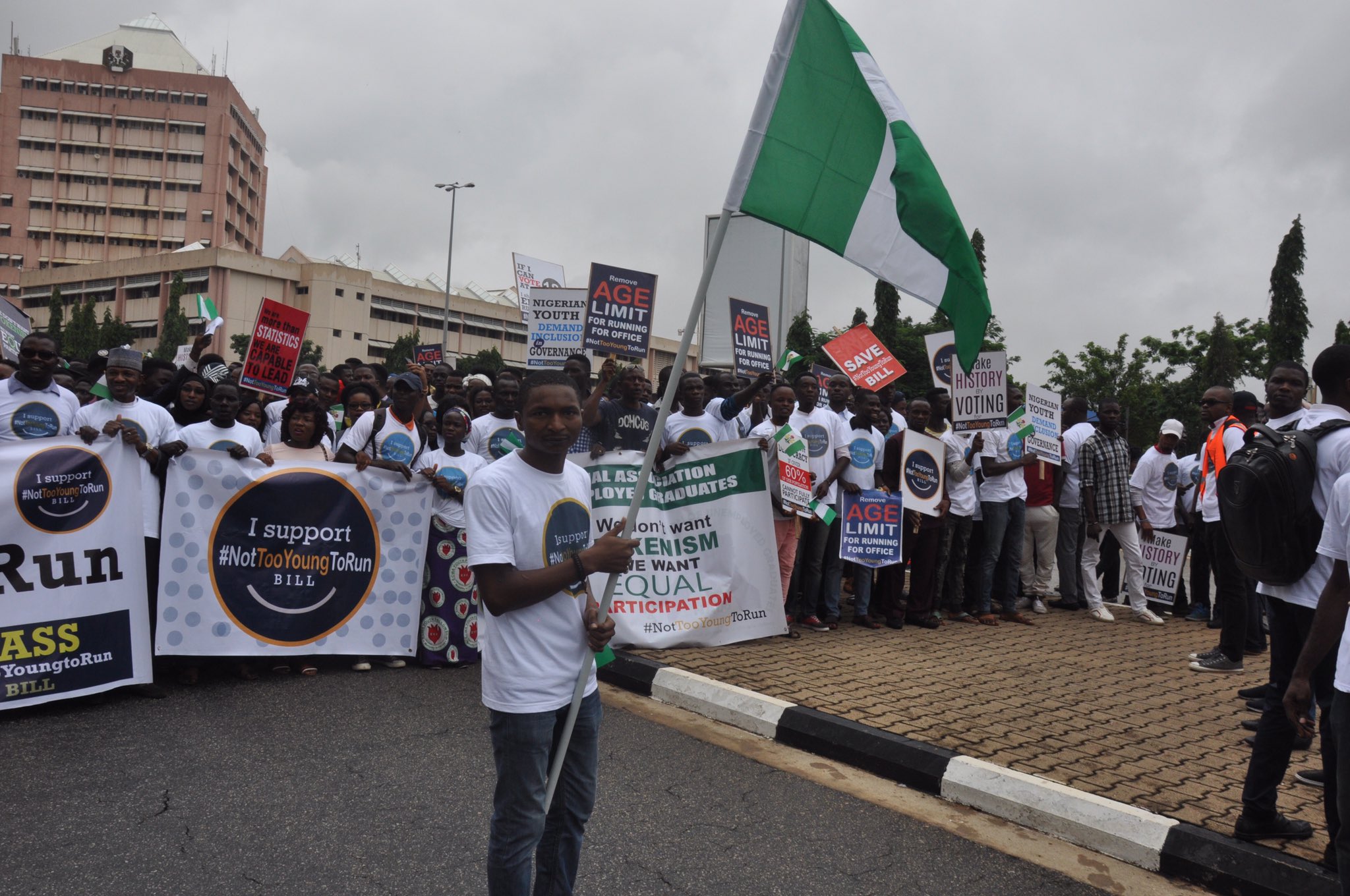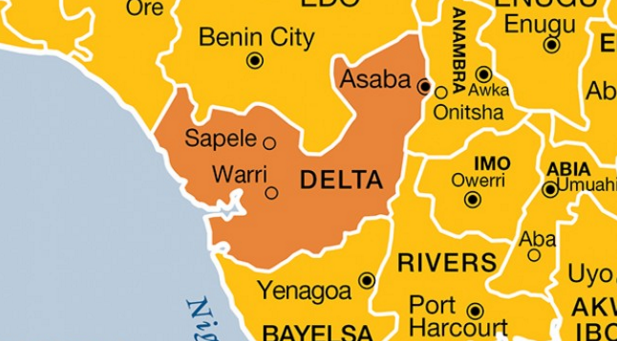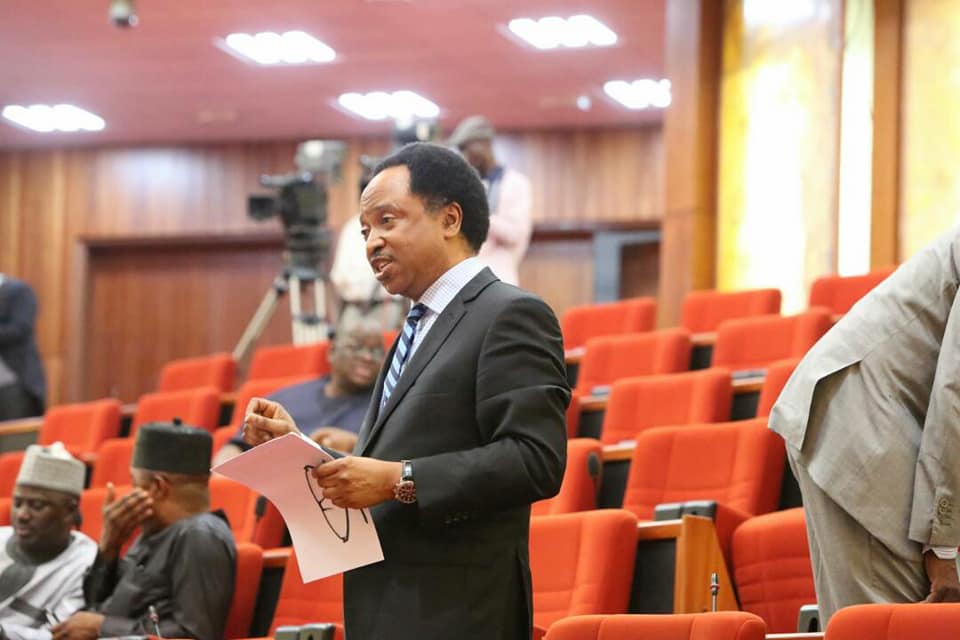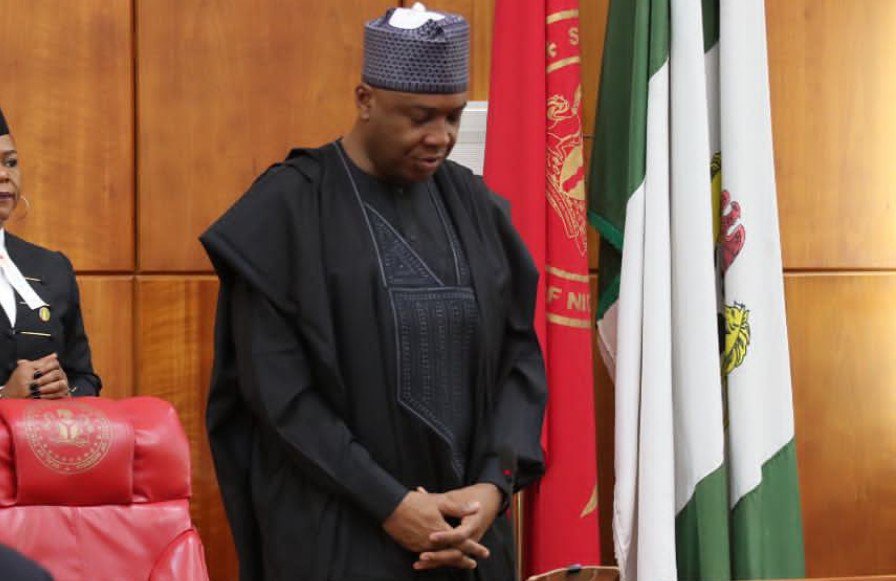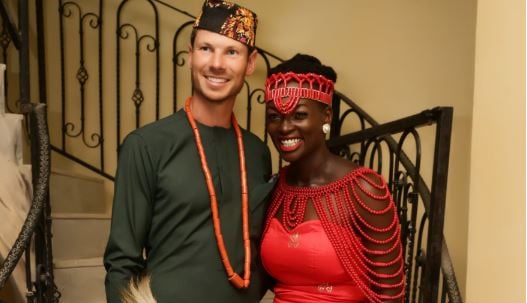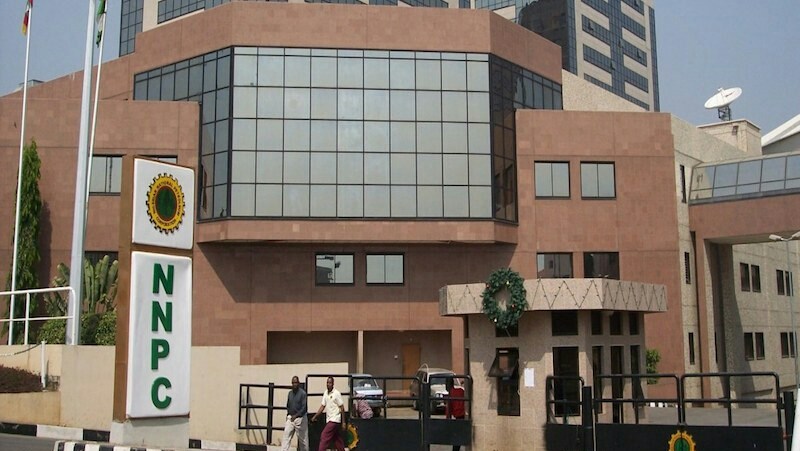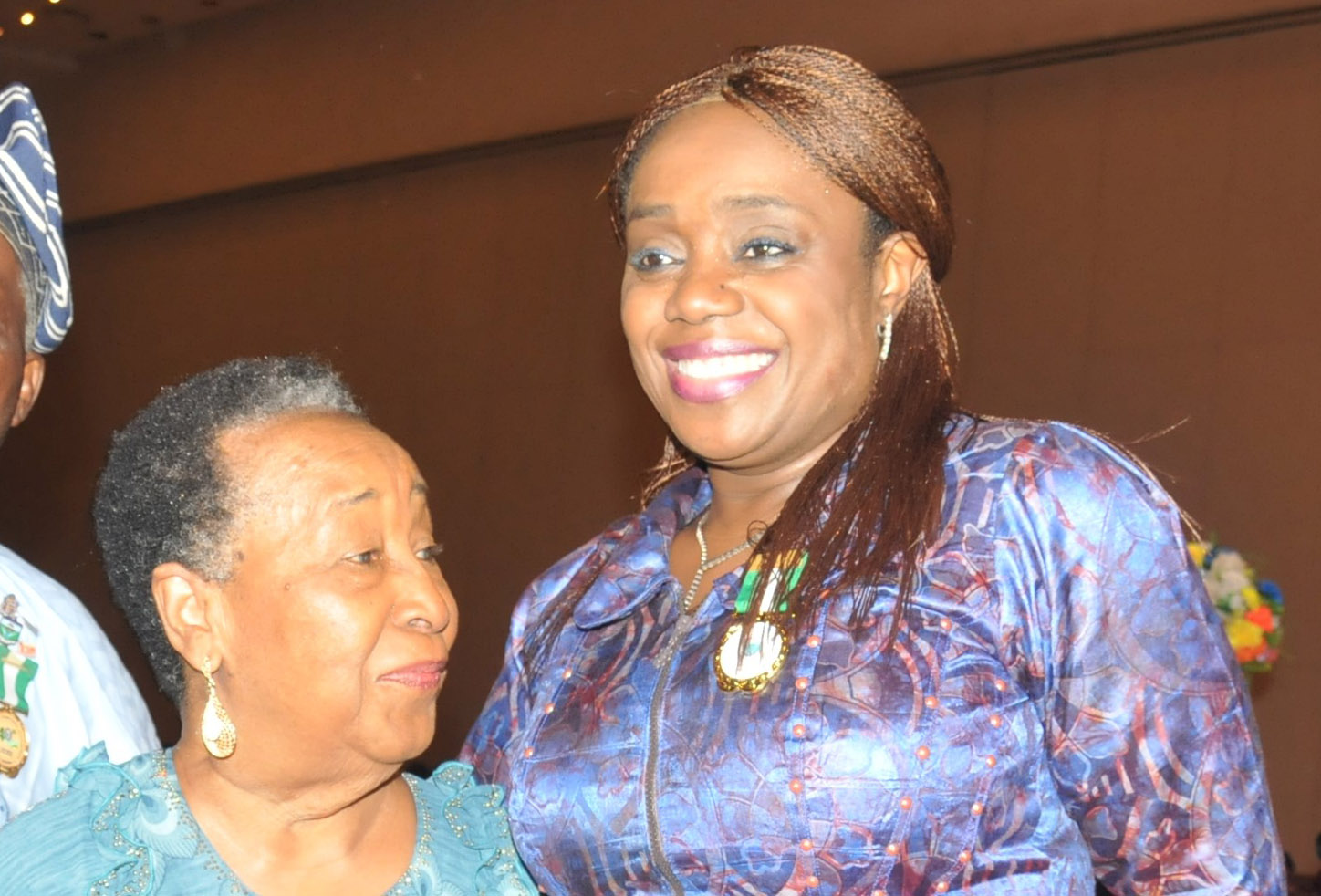Nigeria operates a rigid constitution. Rigid constitutions by their nature are complicated and painstaking to change. It takes time, effort and resources to insert a comma, full stop or delete a word from a rigid constitution. This is attributed to the cumbersome amendment process prescribed in the law that makes it nearly impossible to amend a section of it. As an official document with special legal force, the constitution requires strict adherence to its conditions for amendment. Failure to meet one condition renders an amendment a nullity, resulting in the waste of public resources, as seen in the case of the botched 4th alteration to the constitution under the previous administration.
In order to alter the constitution, a constitutional amendment bill must be introduced and passed by a two-thirds majority of members in each chamber of the national assembly and must also be approved by a resolution of the Houses of Assembly of no less than two-thirds of all states in the Federation. Section 58 of the Constitution of the Federal Republic of Nigeria, 1999 (as amended), makes presidential assent a condition precedent for the passage of bills into law. That means the President of the Federal Republic of Nigeria must assent to any bill altering the provisions of the Constitution before it takes effect. In view of this tedious process, it is not misplaced when stakeholders rejoice at the successful passage of a constitutional amendment.
The Not Too Young To Run bill fulfilled all conditions prescribed in the constitution for its passage. The Senate and House of Representatives passed the bill with an overwhelming majority while 33 out of 36 state assemblies adopted the age reduction amendment. May 31, 2018 will be remembered in history as the day democracy won and Nigeria witnessed a true “youthquake.” President Buhari signed the Not Too Young To Run bill into law, reducing the age for running for the office of the President from 40 to 35 years, House of Representatives 30 to 25 and State House of Assembly 30 to 25. He acknowledged Not Too Young To Run as a “landmark piece of legislation conceived, championed and accomplished by young Nigerians.” What an affirmation of youth power! Democracy thrives when citizens assert their sovereignty through active, strategic and systematic engagement with democratic institutions.
The advocacy for age reduction was conducted against the background of a failing state and loss of faith in manifestly weak democratic institutions, such as political parties and parliaments. The weak relationship between the executive and legislature was not only stifling growth, but it was also undermining democracy and governance. Worst still is the prevailing philosophy that public leadership is hinged on service to self, ethnic or religious affiliation, rather than service to the people. Nigerian citizens, particularly young people, were frustrated, disenchanted, and disillusioned with a country where justice is not for all but for a select few who can afford it. Lastly, building consensus in a pluralistic and politically sensitive nation like Nigeria is an arduous undertaking.
Advertisement
The roadmap to the bill’s success was anchored on the trilogy of people, power and democratic Not Too Young To Run as a campaign began in May 2016 with the sponsorship of an age reduction bill in the National Assembly. The decision to engage the National Assembly on this issue was a departure from previous strategies adopted by Youth Action Initiative Africa, now known as YIAGA AFRICA. Previous advocacy strategies were limited to the submission of memoranda and participation in public hearings, but the Not Too Young To Run campaign adopted a more people-driven, disruptive and strategic approach. Thus, for two years, young people organized and built strategic capacity to push for age reduction.
The campaign was used as a tool to organize its constituents, who are mostly young people, to create the power they need to achieve the common purpose of reducing the age for running for office. From the outset, it was important to ascertain their values, interests and resources as well as their readiness to take strategic actions to address the issue of exclusion which was a common enemy. This was followed by a categorization of the people who share our values and vision into five blocks: Constituents, Leadership, Opposition, Supporters, and Competitors. United by our shared purpose and vision, we then proceeded to build a strong community of people who exercise agency interdependently on behalf of those values or interests. We recruited and developed leadership within our constituency. Driven by our snowflake or interdependent leadership model, we built leadership teams at the national, state, and local government levels to achieve our goals. Every individual or organization involved in the campaign took responsibility for advancing the cause in their sphere of influence. Through it all, the movement remained about the people, not any individual.
Our approach to power and power dynamics contributed in no small measure to the success of our struggle against inequality and gerontocracy. We approach Power as a relationship rather than a status. For us, “power” is the influence created as result of the intersection between interests and resources. The convergence of interests and resources establishes the influence we need to take action. As a movement, we organized around two forms of power: “power with” and “power over.” According to Marshall Ganz, “power with” is created just by organizing our resources with others, creating the power we need to affect the change that we want (e.g. community union, or interest groups, etc.), while “power over” refers to situations where others hold power over decisions or resources that is needed to create the change that you want. In such cases, we have to organize our power with others first to claim the resources or decisions that will fulfil our interests.
Advertisement
Through interdependent collaboration, we organized to create power with one another. We built strategic partnerships with several organizations and stakeholders from different aspects of human endeavor like civil society, trade unions, professional associations, faith-based and community organization etc. Media groups like Channels Television, African Independent Television (AIT), TV Continental, Nigerian Television Authority (NTA), Premium Times, Sahara Reporters, TheCable and YNAIJA played a key role in public sensitization and agenda setting. It also took a collaborative effort to organize series of public demonstrations, advocacy visits, town hall meetings, and public debates to push the campaign. When the Senate and House committee allegedly killed the bill, it took the collaborative power of different actors for it to be rescued.
As a movement, we also organized to challenge ‘power over’ held by decision-makers in the constitution review process. They include; Senate President and Speaker of House of Representatives; Deputy Senate President and Deputy Speaker who act as chairs of constitution review committees; 46 members of Senate committee on constitution review and 47 in the House; Senators and Honorable members; Speakers and members of State Assemblies. The movement also engaged four categories of influencers in our power map – leadership of political parties, traditional/religious leaders, godfathers and drafters and consultants to the committee on constitution review. Four questions guided our engagement with these actors: What change do we want? Who has the resources to create that change? What resources do we have that they need? and What do they want? The demands of the movement were clear – reduce the age for running for office – but then the power to amend the constitution was vested in the national and state assemblies, not young people. We recognized lawmakers leverage on the youth vote to win elections, hence our campaign that youths will withdraw their vote and support for any legislator who voted against the bill. It worked.
Democratic renewal is specific and concrete. Our demand was specific – open the political space by reducing the age requirements for running for office in the constitution. As it stands, the age requirement for running for the office of the president, house of representatives and state house of assembly has been reduced and of binding effect. Although this falls short of the demands of the movement, it is a progressive step towards fostering inclusive electoral politics. Maximizing the gains of this landmark constitutional amendment will certainly require increased voter participation in elections. It is therefore crucial for qualified unregistered young voters to participate in the ongoing voter registration, ensure they collect their Permanent Voter Card (PVC), and show up to vote in the 2019 elections.
Samson Itodo is an elections and constitution building enthusiast. He is the executive director of YIAGA AFRICA and convener of the Not Too Young To Run movement. He tweets @DSamsonItodo and can be reached via [email protected]
Advertisement
